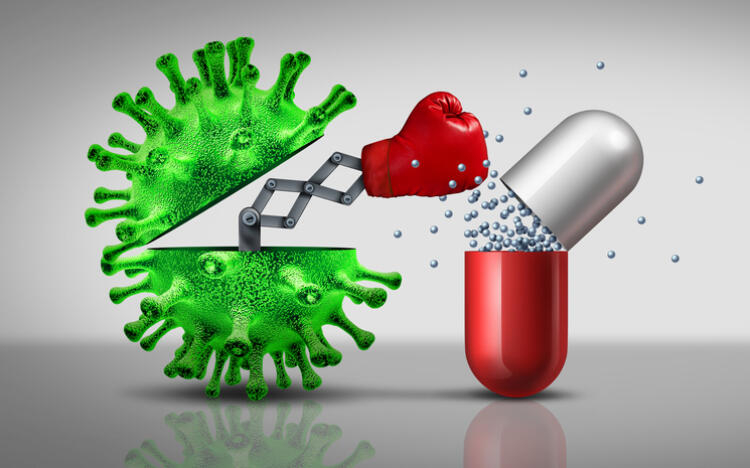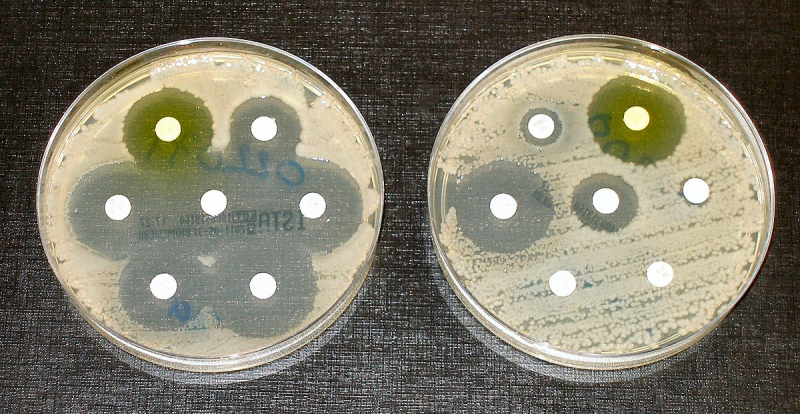Antibiotic Resistance
Antibiotic resistance is a significant issue for healthcare practitioners. Pathogens are becoming increasingly resistant to recognized treatments due to the emergence of practically every type of antibiotic possible, as antibiotics transform them into super variants of daily ailments. According to a Lancet analysis, antibiotic-resistant infections may have killed more than 5 million people globally in 2019, making it one of the main causes of death in general.
While there are no easy fixes for the multifaceted, expanding problem of antibiotic-resistant microorganisms, CRISPR may offer some long-term solutions. For example, a Canadian team of scientists recently turned off antibiotic-resistant genes inside specific types of bacteria during one of their tests, but on mice rather than human participants. Other efforts in this regard use bacteriophages, which are viruses that infect bacteria and can be edited using CRISPR to attack antibiotic-resistant sections of hazardous pathogens and render them harmless. If antibiotics and antifungals lose their effectiveness, then they lose the ability to treat infections and control these public health threats.
Key facts
- Antibiotic resistance is one of the biggest threats to global health, food security, and development today.
- Antibiotic resistance can affect anyone, of any age, in any country.
- Antibiotic resistance occurs naturally, but misuse of antibiotics in humans and animals is accelerating the process.
- A growing number of infections – such as pneumonia, tuberculosis, gonorrhoea, and salmonellosis – are becoming
- harder to treat as the antibiotics used to treat them become less effective.
- Antibiotic resistance leads to longer hospital stays, higher medical costs and increased mortality.
Website: https://www.who.int/news-room/fact-sheets/detail/antibiotic-resistance












